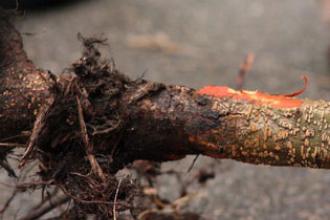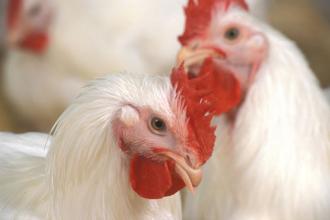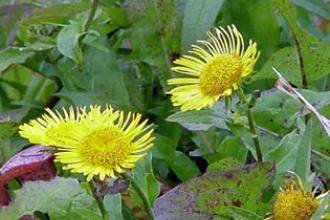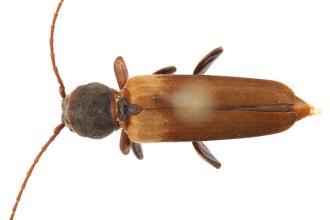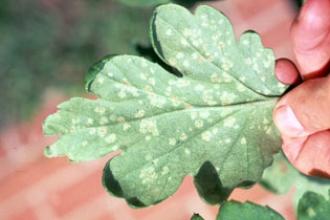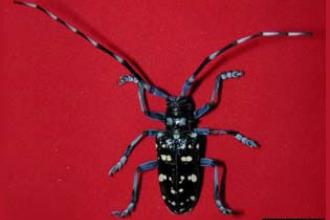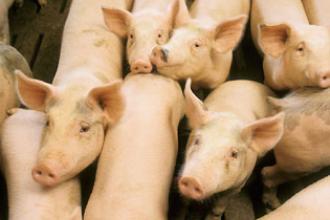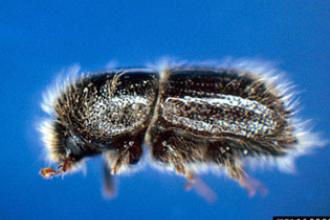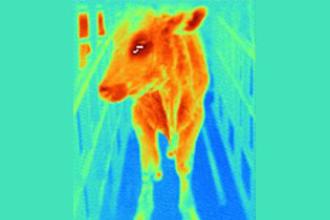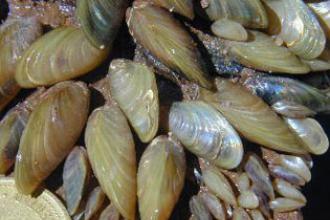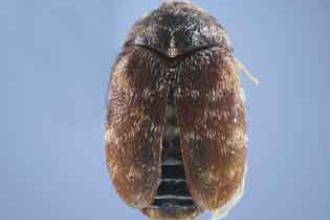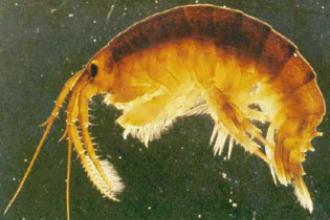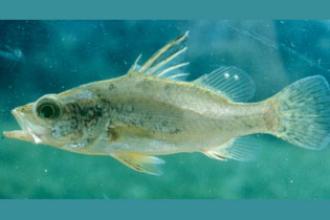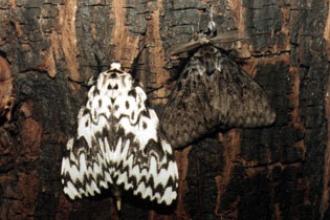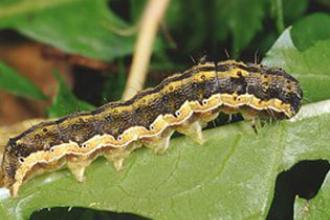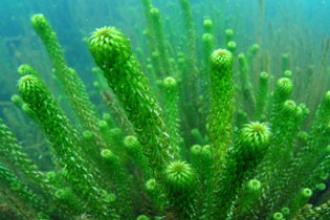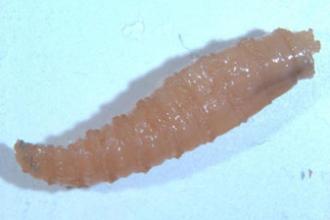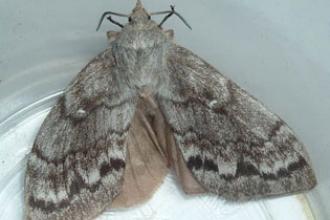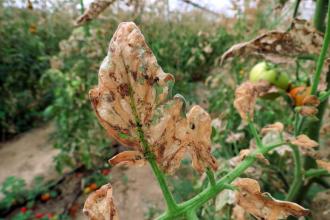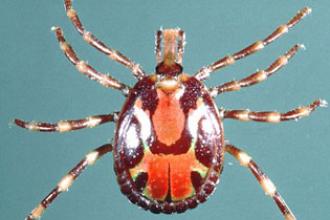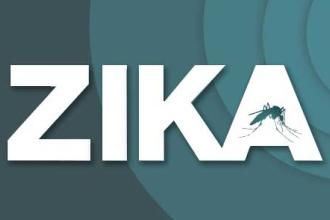Invasive Species Not Established in U.S.
Provides examples of Invasive Species Not Established in U.S.Established species are species having a self-sustaining and reproducing population in a specified geographic area without the need for human intervention. Applies to both native and non-native species.
Source: Invasive Species Terminology: Standardizing for Stakeholder Education [clemson.edu; The Journal of Extension]
These species of concern are why we must increase our efforts in early detection and rapid response (EDRR) and the prevention of new introductions.
See also: Pests not known to occur in the United States or of limited distribution [invasive.org]
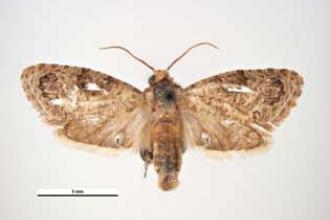
False Codling Moth
Thaumatotibia leucotreta (Meyrick), formerly known as Cryptophlebia leucotreta (Gilligan et al. 2011)
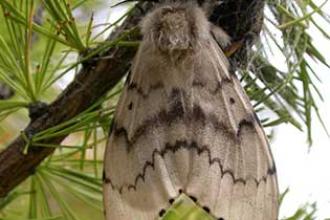
Flighted Spongy Moth Complex
Lymantria dispar asiatica Vnukovskij, Lymantria dispar japonica (Motschulsky), Lymantria albescens Hori and Umeno, Lymantria umbrosa (Butler), and Lymantria postalba Inoue (Djoumad et al. 2020)


